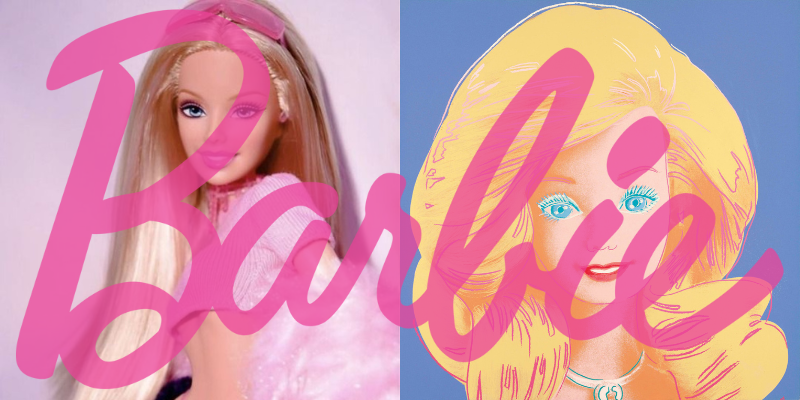Named after the creator Ruth Handler’s daughter, Barbara Millicent “Barbie” Roberts was officially launched on 9th March 1959. The doll was originally based on somewhat of a sex toy- a German adult call girl doll named Bild Lilli. Handler created Barbie with the intention of making a fully-grown doll for kids after noticing her daughters enjoying paper dolls with more adult roles. This, in turn, was also breaking away from the popular baby doll trend in toys for young girls in the 50s.
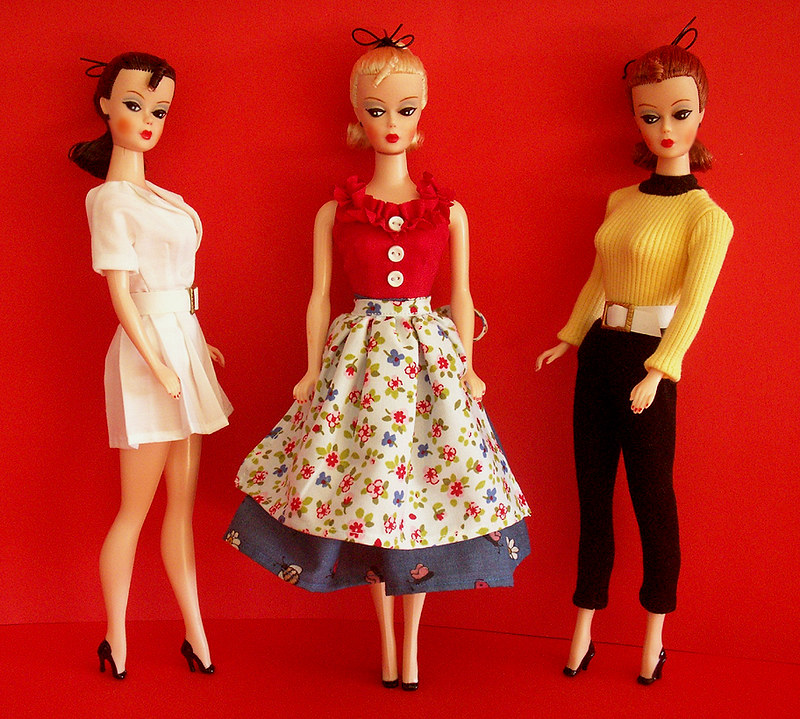
Courtesy: Flickr.
It’s been 64 years since Barbie was first launched. In these years she has completely monopolised the doll market. What has made this object of plastic design remain a rage and become a long-term market phenomenon for growing-up girls in terms of design, aesthetics, fashion, creativity and social narratives?
Barbie was constantly evolving with the eras. For instance in the 80s when the idea of family and relationships saw a growing popularity in cultural and social spaces, the creators of Barbie took notice. They made storylines on Barbie in a series of novels incorporating characters including her boyfriend Ken, three younger sisters namely Stacie, Skipper, Chelsea and parents Margaret and George Roberts. Barbie lived because Barbie changed with times and trends and was powered by the American entertainment industry, overshadowing every other toy or doll girl were playing with.
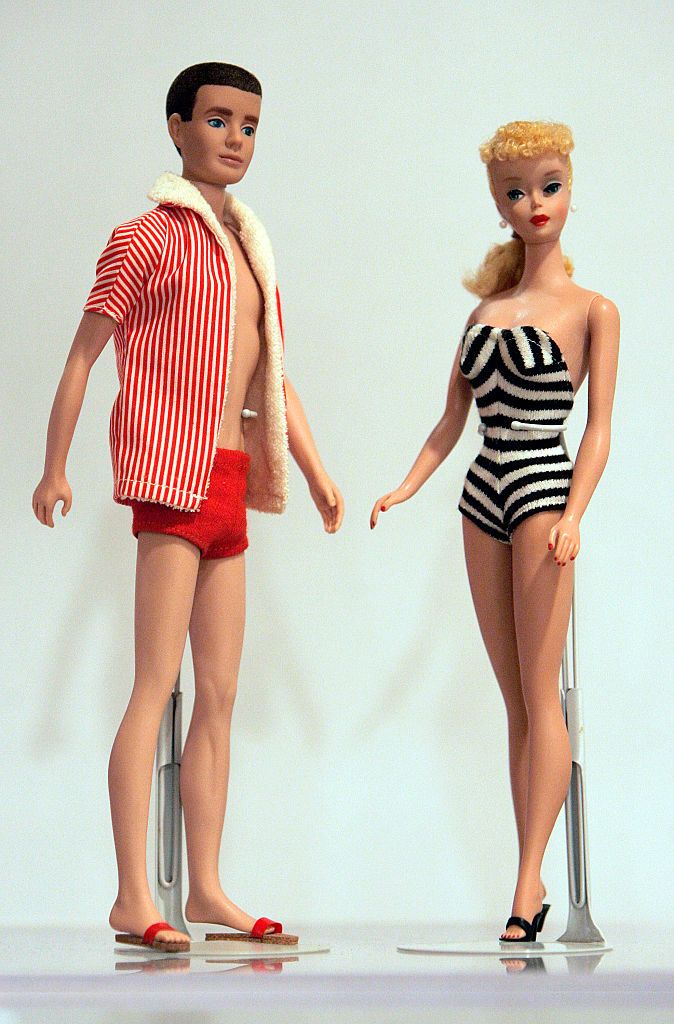
Courtesy: Esquire
Barbie was not just a doll. It was a full-fledged popular culture scene. She was a fashion icon, a role model, a bunch of animated movies, essentially a trendsetter of global beauty standards and a flagbearer of all things pink and pastel. The ever-changing diverse professions of Barbie only reinforced the initial concept of the creator that was, “Barbie is different to everyone. She can be anything she wanted to be.” She could be anything any girl anywhere in the world wanted to be. There was this strong connection.
In the actual universe, Barbie is a cultural icon. An influence so powerful that she is the first and only non-human entity to have received a CFDA (Council of Fashion Designers of America) award for her immense influence on the industry. Through minor design changes the makers of Barbie could quite literally shake the market scenes.
The Timelessness of the Ever-Changing Barbie Doll
The iconic plastic doll Barbie, which has been around for 64 years, was created to radiate refinement and charm, and her timeless allure has enthralled generations all around the world. Barbie has a slender, proportionate form that is highlighted by her long, flowing hair, which can be fashioned in a variety of ways. She is roughly 11.5 inches tall. Her skin, expressive eyes, and kind smile make her face instantly recognisable. Barbie epitomises fashion forwardness as she is dressed in a variety of fashionable ensembles, from sophisticated evening gowns to everyday wear.
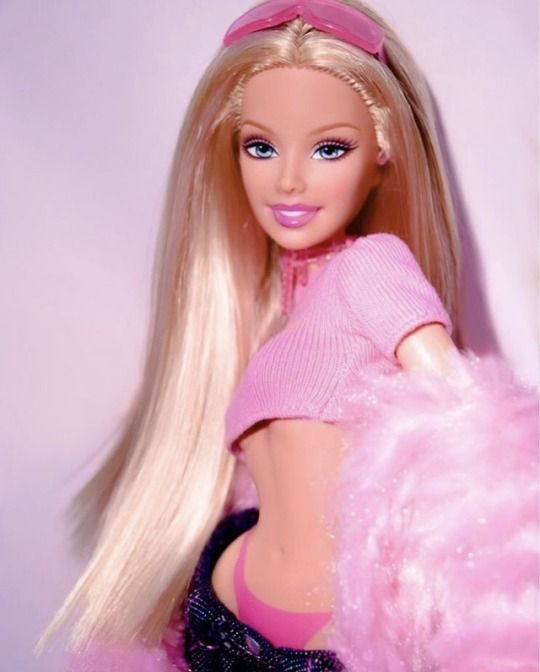
Courtesy: Pinterest
In her debut, Barbie flaunted a stylish hairdo, arched eyebrows and a swimsuit with black and white stripes. She embraced traditional 1960s attire in her early years, dressing in mod dresses and tailored suits that reflected the styles of the time. Barbie has undergone a variety of changes over the years, changing to suit changing society conventions and fashion trends. She encouraged young girls to dream big in the 1970s by embracing a more varied career lineup that included everything from an astronaut to a doctor. With the launch of legendary lines like “Barbie and the Rockers” and “Barbie and the Sensations,” which capitalised on the era’s pop culture love for music and entertainment, Barbie’s popularity increased during the 1980s.
Barbie’s prominence as a cultural fashion symbol was enhanced in the 2000s with the introduction of her as a computer engineer, presidential contender, and even in collaborative projects with renowned designers.
What makes Barbie’s life in Plastic so fantastic?
Harold “Matt” Matson and Elliot Handler started Mattel, one of the top toy manufacturers in the world, in 1945. Mattel has produced some of the most recognisable and adored toys over the years that have caught the imaginations of both kids and adults.

Courtesy: Reuters
Aside from Barbie Dolls, Mattel’s other iconic brand is Hot Wheels, which debuted in 1968. By providing tiny, intricate cars with svelte shapes and quick-rolling wheels, Hot Wheels revolutionised the die-cast toy automobile business. A division of Mattel, Fisher-Price creates a variety of toys and items for newborns, toddlers, and preschoolers with a focus on early learning and development. The business also owns brands that appeal to many age groups and hobbies, including American Girl, Monster High, and Polly Pocket.
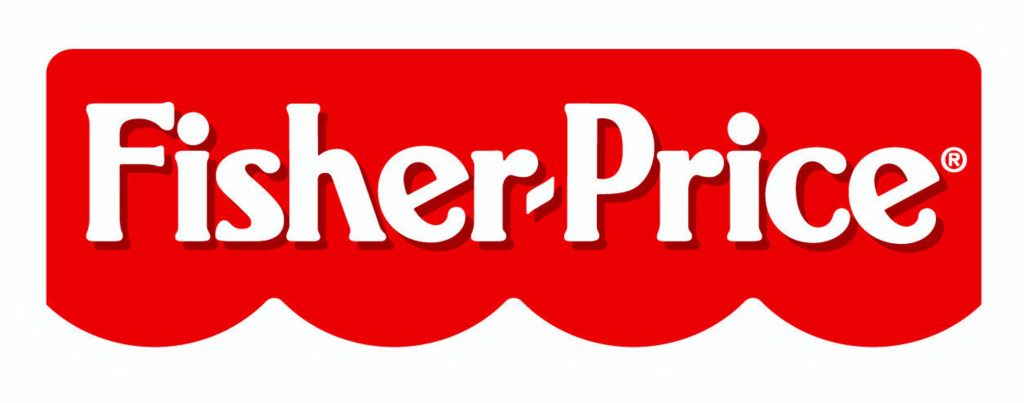
Courtesy: PR Newswire
Barbie is a fashion doll with an adult-like look and a focus on empowering young girls via imaginative play and a variety of job options, unlike other toys by Mattel. Barbie promotes creativity and encourages young minds to have big dreams. On the other hand, other Mattel toys offer a variety of play experiences, from action-packed adventures to constructing and educational pursuits, and they are geared towards a wider range of interests and age groups. While Barbie continues to be a representation of independence and style.
Pink and Pop!
Barbie has undoubtedly had a huge influence on popular culture scenes. Be it MTV music videos, celebrity fashion or Hollywood. Following is a breakdown of the major instances wherein we see an impact of Barbie that has evolved into a subculture of its own:
1.Warhol’s Fixation:
The Lovestruck Andy Warhol’s last painting was based on Barbie. His artwork titled “Barbie, Portrait of BillyBoy” that contains a portrait of Barbie titled as “portrait of Billy boy”- his 23-year-old muse over an annoyed response which Warhol took quite literally. However, Barbie in turn managed to become part of an historic painting by one of the greats in the art world.
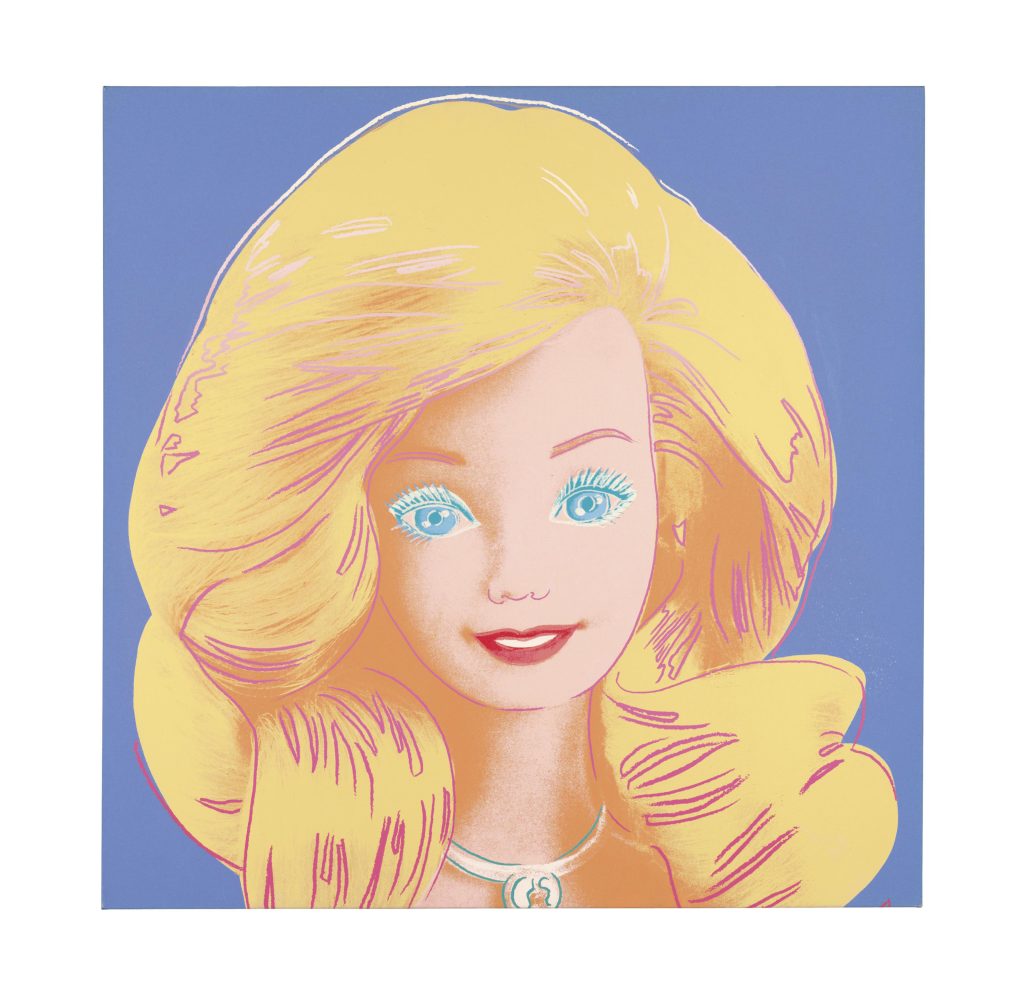
Courtesy: Christie’s
2. Becoming an Anthem:
The “Barbie Girl” anthem by Aqua is easily one of the most famous songs to have existed. However, Mattel did not seem to be on the same page as the rest of the world when it was first released as it went on to sue the group for sexualizing the doll. Moreover, the doll has also been the inspiration to the lifestyle, music and fandom of many artists (Re: Nicki Minaj and her fans called “Barbz”).
3. A Movie Stereotype:
Apart from Barbie 2023, the icon has been influenced by a wide variety of movies and TV shows. Especially that of the late 90s and early 2000s. Be it the Lisa Simpson vs Malibu Stacy episode from the Simpsons or the Elle Woods of all the chick flicks of the early 2000s.The Barbie doll aesthetics applied to certain characters essentially meant the character in question had traits of bubbly “blonde bimbo” and preppy princess which was rather put in for humour.
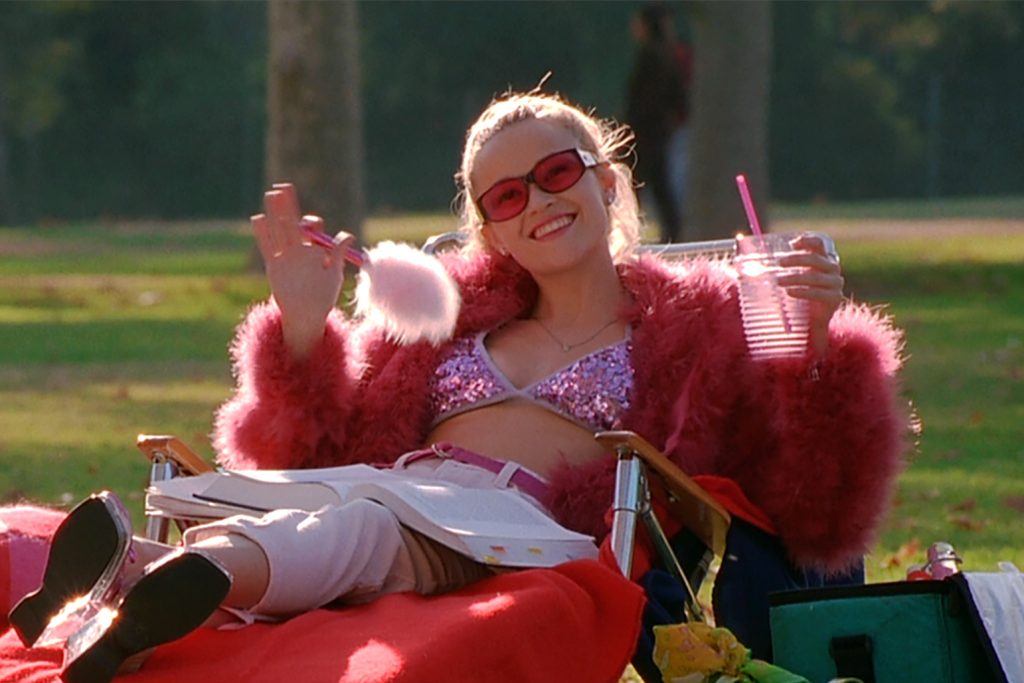
Courtesy: Golden Age Cinema
4. Celebrities in Plastic:
One of the very characteristic features of the Barbie doll and its fame is its official features of a real-life celebrity. From the likes of Cher and Audrey Hepburn to Katrina Kaif. Barbies strategically gained their sales via collaboration with famous celebrities.
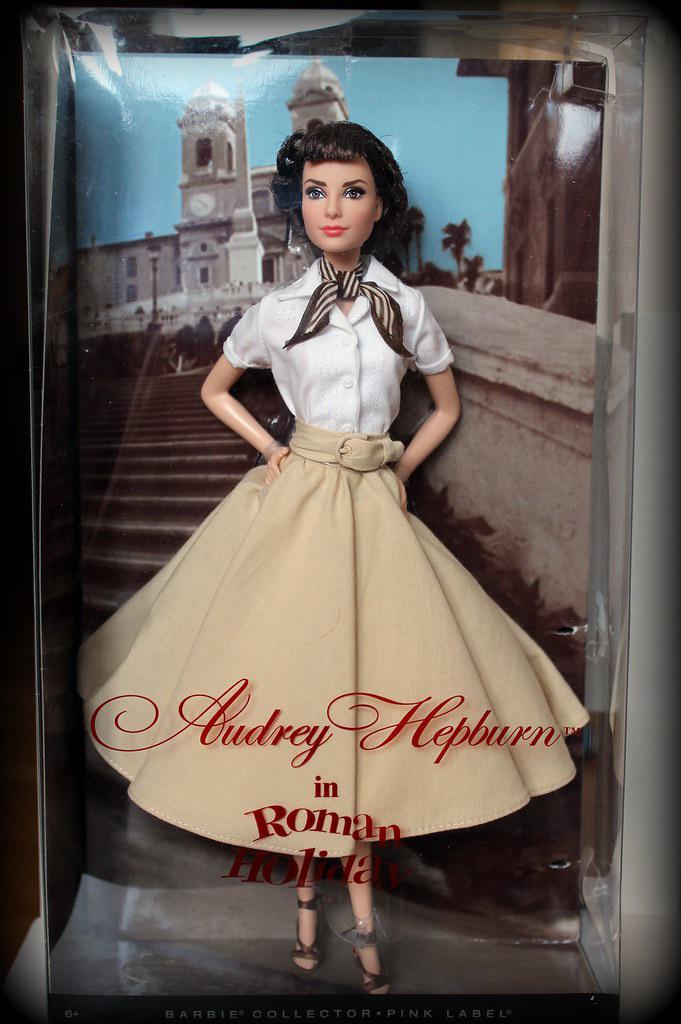
Courtesy: Reddit
5. Barbiecore:
And finally, the recent fame for the Valentino Pink and the Barbie doll aesthetic. What exactly is Barbiecore? It is an essential fashion and lifestyle trend that increasingly follows shades of bubblegum and Fuchsia pink along with several other maximalist hyperfeminine accessories.
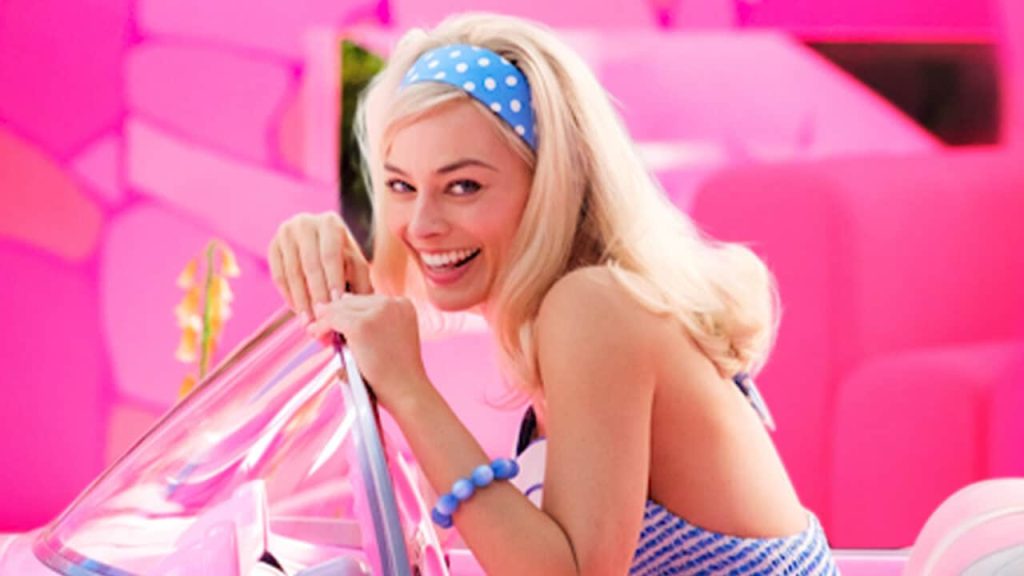
Courtesy: Patoge
The new Barbie movie has certainly created a good amount of buzz in the industry. Owing to the amazing cast starring Margot Robbie, and Ryan Gosling and directed by the Ladybird famed director Greta Gerwig, Barbiecore and the Valentino pink are certainly the biggest trend of the year 2023. The making of the movie itself is a sign of how deeply influential this Malibu princess has gotten over the years. Barbie’s ability to adapt and remain “relevant” in the ever-changing landscape of popular culture is staunchly evident through the recent fad.

Vaishnavi Srivastava is a learning writer, a keen researcher and a literature enthusiast. She is a Sub-editor at Abir Pothi.

